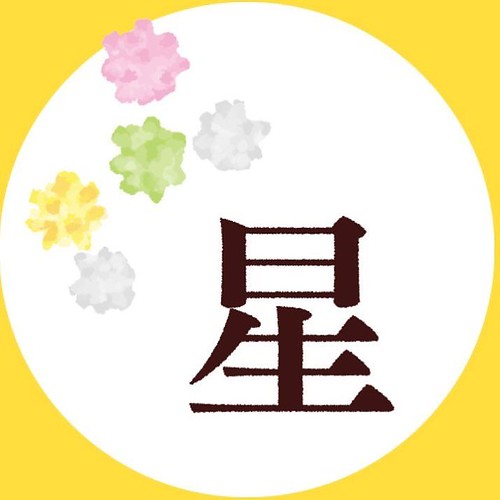E-cadherin, Laminin5, Integrin a5b1, FAK Tyr576/577, and MMP9, associated in extracellular matrix signaling, attachment and degradation, ended up all suppressed adhering to CQ treatment (Wilcoxon, p = .1). Atg5 and AMPKb1 Ser108, elements of the autophagy pathway, were suppressed, constant with MEDChem Express Varlitinib chloroquine disruption of autophagy. The remaining adherent cells subsequent CQ therapy shown lysosomal/autophagosome maturation arrest as evidenced by enhanced punctate staining with LysoTracker Pink (Figure 3H). These information reveal that autophagy is required for the survival and tumorigenicity of cultured DCIS spheroid forming cells.
We examined the cytogenetics of CQ taken care of organ cultures. The surviving cells after CQ remedy were discovered to be cytogenetically typical (Determine S4 & S6). Hence even in an organoid culture, with a mixed cellular population, the cytogenetically abnormal spheroid forming cells, which emerged in four months, had been eliminated in the lifestyle by CQ, while the surviving cells retained the normal karyotype of the donor patient tissue. CQ treatment method blocked the autophagy pathway needed for the survival and  3-D progress of the cytogenetically abnormal neoplastic cells. These data indicate that autophagy is needed for the survival of the spheroid forming cytogenetically abnormal DCIS cells. The untreated DCIS neoplastic epthelial cells grew in a multilayered colony on autologous stroma, formed spheroids on the surface area of the colony (Determine 4 A&B) and invaded the underlying stroma. Pursuing remedy with CQ the epithelial colony degenerated completely. For impartial client DCIS lesions, CQ treatment administered to freshly explanted fragments of ducts prevented any outgrowth of epithelial cells for at the very least one thirty day period and was linked with degeneration of organoid intraductal DCIS epithelial cells. CQ therapy, administered after outgrowth had occurred for 2 weeks, markedly suppressed epithelial enlargement for independent circumstances (Determine four). The indicate diameter of the outgrowth prior to treatment method was .85 cm60.eleven (n = fifteen) and soon after chloroquine treatment, the indicate diameter was .084 cm60.03 (n = 23) (p,.0001). In the 2nd collection of organoid cultures, the mean diameter of the outgrowth prior to remedy was one.3660.twenty five cm (n = eight) whilst the chloroquine handled outgrowth imply diameter was .2160.03 cm (n = 7) (p = .0026) (Determine 4C). As shown in Figure 4D for two different client DCIS cases, the number of spheroids produced publish chloroquine therapy was zero for the vast majority of explants, when compared to up to 113 spheroids generated for every duct organoid in the untreated lifestyle. The quantity of spheroids produced in the 8578609untreated lifestyle ranged from 1 to much more than one hundred for specific duct fragments (mean of 38.7611 n = 14) (Figure 4D). Pursuing chloroquine remedy, twelve out of fourteen explants did not have any spheroids (imply number of spheroids publish treatment .2160.15 n = fourteen p = .0049). CQ treatment abolished spheroid outgrowth and survival in tradition. These information reveal that autophagy is required for the survival, growth, and invasion of the cytogenetically abnormal, tumorigenic DCIS cells.
3-D progress of the cytogenetically abnormal neoplastic cells. These data indicate that autophagy is needed for the survival of the spheroid forming cytogenetically abnormal DCIS cells. The untreated DCIS neoplastic epthelial cells grew in a multilayered colony on autologous stroma, formed spheroids on the surface area of the colony (Determine 4 A&B) and invaded the underlying stroma. Pursuing remedy with CQ the epithelial colony degenerated completely. For impartial client DCIS lesions, CQ treatment administered to freshly explanted fragments of ducts prevented any outgrowth of epithelial cells for at the very least one thirty day period and was linked with degeneration of organoid intraductal DCIS epithelial cells. CQ therapy, administered after outgrowth had occurred for 2 weeks, markedly suppressed epithelial enlargement for independent circumstances (Determine four). The indicate diameter of the outgrowth prior to treatment method was .85 cm60.eleven (n = fifteen) and soon after chloroquine treatment, the indicate diameter was .084 cm60.03 (n = 23) (p,.0001). In the 2nd collection of organoid cultures, the mean diameter of the outgrowth prior to remedy was one.3660.twenty five cm (n = eight) whilst the chloroquine handled outgrowth imply diameter was .2160.03 cm (n = 7) (p = .0026) (Determine 4C). As shown in Figure 4D for two different client DCIS cases, the number of spheroids produced publish chloroquine therapy was zero for the vast majority of explants, when compared to up to 113 spheroids generated for every duct organoid in the untreated lifestyle. The quantity of spheroids produced in the 8578609untreated lifestyle ranged from 1 to much more than one hundred for specific duct fragments (mean of 38.7611 n = 14) (Figure 4D). Pursuing chloroquine remedy, twelve out of fourteen explants did not have any spheroids (imply number of spheroids publish treatment .2160.15 n = fourteen p = .0049). CQ treatment abolished spheroid outgrowth and survival in tradition. These information reveal that autophagy is required for the survival, growth, and invasion of the cytogenetically abnormal, tumorigenic DCIS cells.
Chloroquine suppresses DCIS neoplastic mobile outgrowth and spheroid development and alters mobile signaling. (A) Untreated DCIS cells increase on the surface area of autologous stroma, spontaneously kind pedunculated spheroids with an spot of central necrosis (arrow), and invade the autologous stroma (arrow). (B) DCIS organoid cultured in the existence of chloroquine for two days showed comprehensive absence of mobile outgrowths and degenerated cells inside of the duct (arrow) (106). (C) Chloroquine suppressed outgrowth of DCIS epithelial cells in society as measured by outgrowth diameter.
